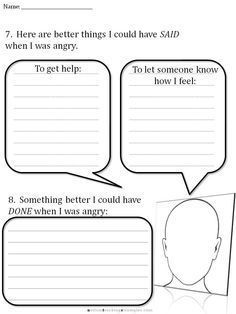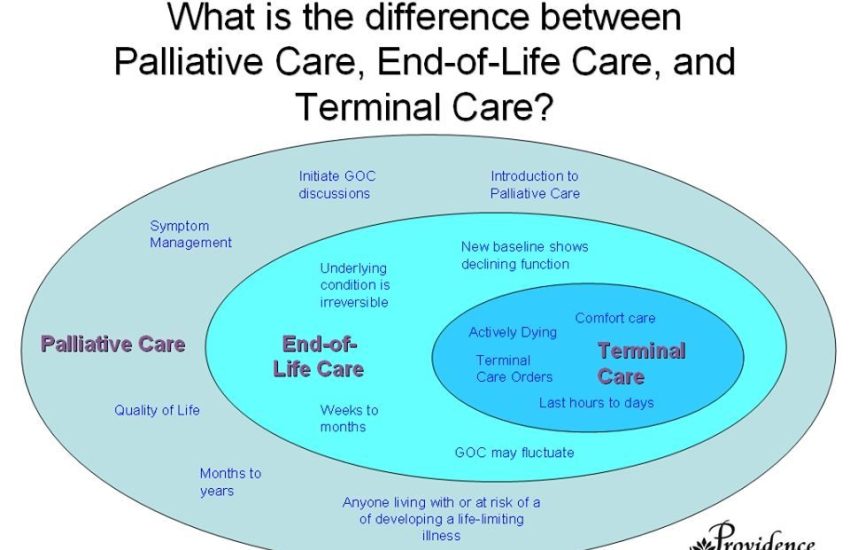Therapy Options: Counseling, CBT, and More
When facing various challenges in life, seeking professional help through therapy can provide valuable support and guidance. However, with so many different therapy options available, it can be overwhelming to know which approach is the most suitable for your needs. In this article, we will explore two commonly used therapeutic techniques: counseling and Cognitive Behavioral Therapy (CBT).
What is Counseling?
Counseling, also known as talk therapy or psychotherapy, involves a trained therapist who provides a safe and confidential space for individuals to express their thoughts, feelings, and concerns. The therapist uses active listening, empathy, and compassion to help clients gain insight into their emotions, behaviors, and relationships.
The Benefits of Counseling
The benefits of counseling are numerous. By engaging in counseling, individuals can gain a better understanding of themselves and their emotions. They can develop healthier coping mechanisms, improve interpersonal relationships, and overcome personal challenges. Counseling is particularly effective for individuals experiencing stress, anxiety, depression, grief, or relationship issues.
What is Cognitive Behavioral Therapy (CBT)?
Cognitive Behavioral Therapy (CBT) is a goal-oriented therapeutic approach that helps individuals identify and change negative thought patterns and behaviors. It focuses on the connection between thoughts, feelings, and actions, and aims to replace unhelpful thoughts and behaviors with positive and constructive ones.
The Benefits of CBT
CBT has been extensively researched and has shown significant effectiveness in treating various mental health conditions. It is often used to alleviate symptoms of anxiety disorders, depression, post-traumatic stress disorder (PTSD), and substance abuse. CBT equips individuals with practical tools and strategies to manage their emotions, challenge negative thoughts, and cultivate healthier behaviors.
Differences Between Counseling and CBT
Although both counseling and CBT serve the purpose of improving mental well-being, there are some key differences between these therapeutic approaches. Counseling typically focuses on gaining insight and understanding emotions, while CBT emphasizes identifying and changing negative thought patterns and behaviors. Counseling is more exploratory in nature, while CBT is structured and time-limited.
Choosing the Right Therapy for You
When deciding between counseling and CBT, it is important to consider your specific needs and preferences. If you are looking for a space to express your feelings and gain insight into your emotions, counseling might be the better choice. On the other hand, if you are seeking practical tools to manage your thoughts and behaviors, CBT may be more suitable.
Additional Therapy Options
Aside from counseling and CBT, there are various other therapeutic techniques available. These include:
Psychodynamic Therapy: This approach focuses on exploring how unconscious thoughts and childhood experiences influence current behavior patterns.
Art Therapy: Utilizing creative expression, art therapy helps individuals explore emotions and process trauma.
Group Therapy: In a group setting, individuals can share their experiences and provide support to one another under the guidance of a therapist.
Family Therapy: In family therapy, the focus is on improving communication and resolving conflicts within the family unit.
Medication: For certain mental health conditions, medication may be prescribed in conjunction with therapy to alleviate symptoms.
The Importance of Seeking Professional Help
Regardless of the therapy option you choose, it is essential to work with a trained and licensed mental health professional. They have the expertise and experience to guide you through the therapeutic process and provide the necessary support for your specific needs.
Conclusion
Therapy options, such as counseling and CBT, offer individuals the opportunity to improve their mental well-being and overcome challenges. By understanding the differences between these approaches and considering personal preferences, individuals can make an informed decision about the therapy that best suits their needs. It’s important to remember that seeking professional help is a courageous step towards personal growth and a healthier, happier life.


